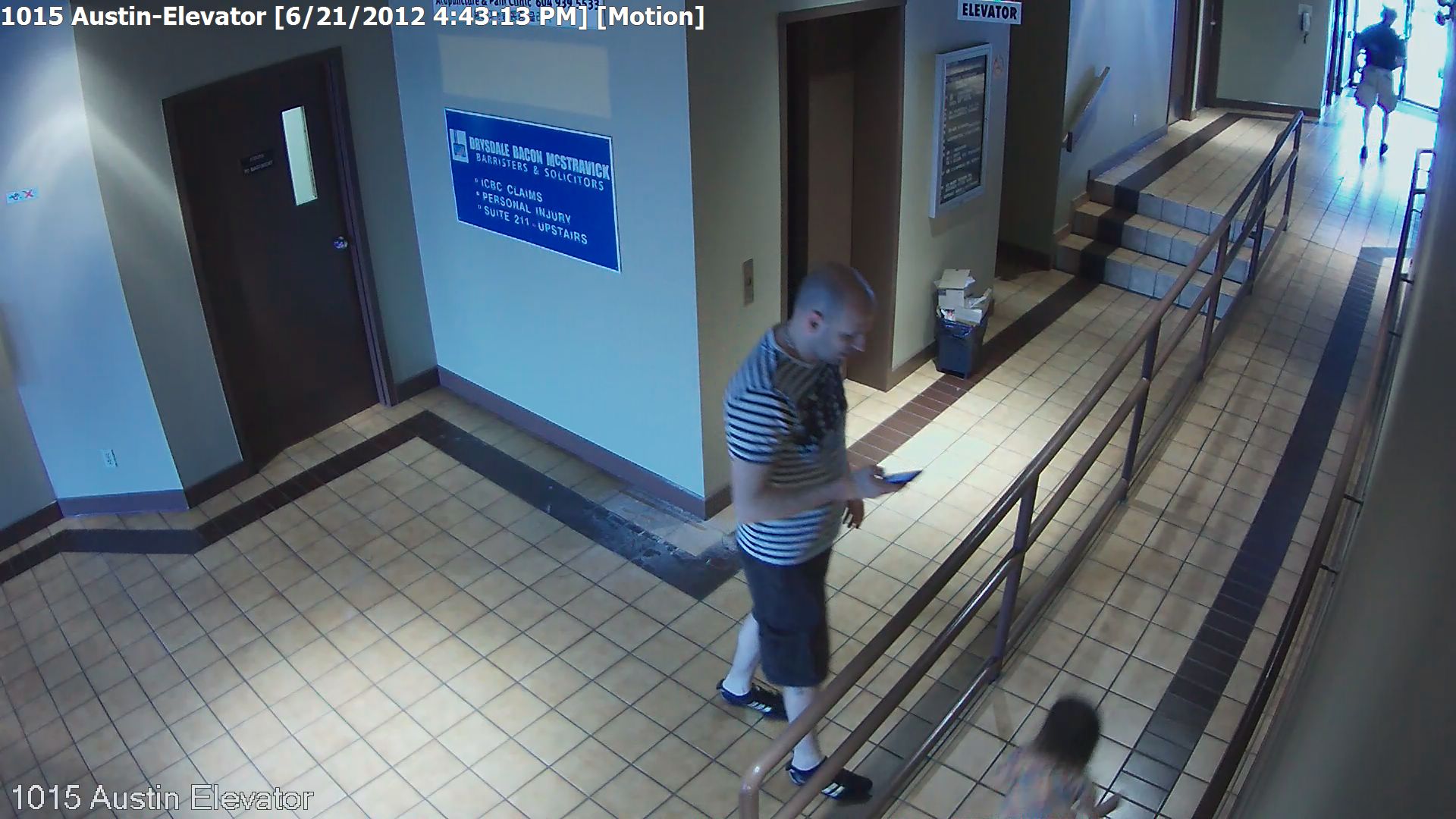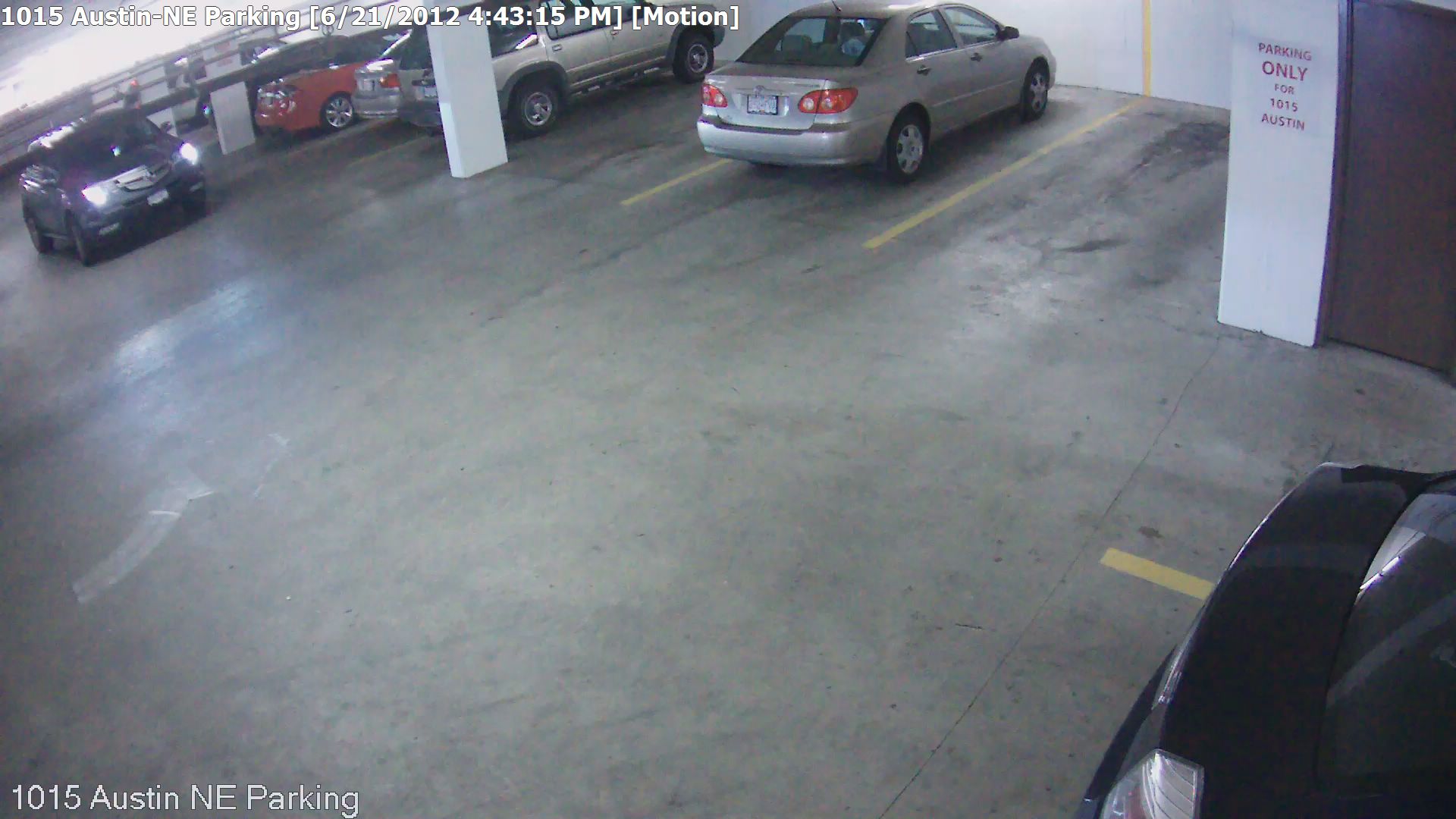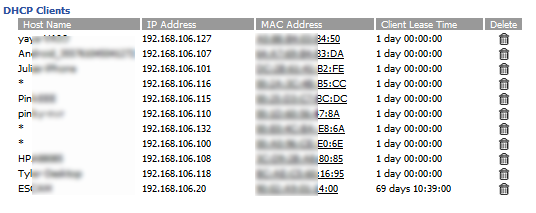

Soundy
-
Content Count
20 -
Joined
-
Last visited
-
Days Won
1
Posts posted by Soundy
-
-
How are you defining "intelligence"? "Intelligence at the edge", AFAIK, is just a buzzterm that generically means that the camera is doing all the motion/analytics/etc. processing; it doesn't necessarily define what it does or should do with the processed information afterward... which means the answer to all the rest of your questions is, "it depends".
-
Take a look at the Dahua ESIP-MP2-DM1 dome: 2MP/1080p, IP66-rated dome. Can record directly to internal micro-SD and/or FTP/NAS, based on motion, alarm input, or constant recording, and pretty decent (though not outstanding) night performance. Lists at $200 so you could spread several of them around. Here are a couple shots from a recent install I did with them:


-
for a decent price with Ubiqiti...I looked at their cameras, only saw ethernet cameras... no wifi
You musta been looking in the wrong place: http://www.ubnt.com/airmax
If I add wifi/IP cameras to my system, how do they interface with my current dvr? ( Dahua ESDV-ECONO-16 )Ah, they don't. You'd need an NVR or hybrid system.
-
I've been using PTZ Controller for years - it's handy to have on my laptop for testing PTZs up-close. It's been mentioned here many times.
-
Somehow, I really doubt you'll talk "high end residential and small business" into shelling out for THE BEST THERE IS... well, maybe high-end residential, as long as that means people who have to decide whether to take the Ferrari or the Bugatti to work in the morning... but small business, in my experience, is usually even tighter of fist than most average homeowners. It can be tough getting them to shell out for a Costco package system.
-
I never really put much research in HD-SDI.But to me it seems like putting allot of efforts and money into a system just because you don't want to replace the cables.
Well, one of the premises is that it's an "easy drop-in high-def replacement for existing analog". When the HDcctv hype started ("HDcctv" being a self-proclaimed standards body attempting to take the HD-SDI broadcast standard and enforce compatibility across manufacturers), it was also claimed that it would be closer to analog's price point... but this was something like 3.5-4 years ago when IP megapixel was still a rich man's game.
Seems like a winner idea... but of course, reality always intrudes on a good idea. Following some of the various discussions on LinkedIn, even the HDcctv manufacturers say that they have problems with a lot of existing RG-59 - the super-high-frequency signal is extremely sensitive to any kinds of defects in the cable and connectors, poor cable, bad connectors, etc. They all recommend new cabling for best results, which is kind of counter to the "drop-in upgrade" concept, and one company is now even selling "HDcctv certified BNC connectors".
-
See what kind of lasting effect you haveYou can take all the penicillin you want, you just can't get rid of me
-
That said, in 30+ years of selling, installing, and troubleshooting various technical products, I have always found the great majority of installation trouble calls related to cables and connectors. Dirty power and lightning account for many more.I've only been working professionally in CCTV for about 8.5 years now, but I have experience in computers going back to the early 80s (Commodore 64, represent!), and electronics well before that, including training and many years' experience in live audio and studio recording, plus a short stint in car audio. And through all that, your above statement holds true for all of them: problems and issues related to one technology vs. some other are minuscule compared to just plain and simple bad connections.
To adapt the analog camera output, is it best to encode right at the camera, or back at the NVR?Really doesn't matter. I think it mostly comes down to which option fits your design and/or any existing cable. If there's already coax in place, then naturally it's better to make use of that and encode at the head-end. If there isn't, it may be more convenient to encode multiple cameras to a single IP stream and send them all over a single wire.
-
I have tested HD-SDI. RG-59U is good to about 300 feet.That with all-new cable, or over existing coax? Most reports so far is that SDI can be pretty fussy with existing cable.
I paid about 1700.00 for A 4 CHANNEL 1080p DVR WITH 4 1080 P BOX STYLE CAMERAS. We will retail it for 3400.00....
It has its limitations, but is much cheaper alternative to IP only systems.
How is that "much cheaper?"
A 16-channel Dahua NVR lists *retail* for $450... four 3MP TDN box cams for $500 each (with 3.8-13mm AI lens)... 8-port Netgear (four PoE) switch at $165... there's your four-channel, four-camera 1080p complete system a smidge over $2600... *RETAIL*. Replace those cameras with 2MP domes at $200 each, and the total cost *to the end user* is $1400... and you're getting 1080p@30fps on every channel. *AND* the room to add up to 12 more cameras.
If I wanted to save even more, I could just throw SD cards in those cameras and let them record internally instead of having a separate recorder... or use any of a number of free or open-source NVR programs... or use other cameras that come with their own free NVR software...
The HDcctv Alliance spouted for two years even before any product hit the market, how SDI was going to be so much cheaper than IP... it still doesn't even come close.
-
I read something on this forum a long time ago that I completely agree with: "you're recording events, not making a movie" (who originally said that here?) and I repeat it to my clients all the time. For me, 6fps-8fps seems to be a sweet spot. I don't go higher than that, but sometimes I'll set a camera or two on 3fps depending on the environment and what's being captured, such as an area where the client wants coverage, but is not critical.viewtopic.php?f=3&t=16628&p=100121&hilit=+not+making+a+movie+#p100121
-
Ah, so the video wire is existing, you just need to get power to the cameras?
I don't know if I'd trust wallwarts in storage units anyway - too easy for a renter to say, "WTF is this??" and unplug it.
How about an open-frame transformer with wire tails, placed in a NEMA enclosure, with the incoming and outgoing wires running through sealed glands?
-
How are you getting video from the cameras to the recorder? Why can't you just run power alongside video?
-
It is not feasible because this is a home system and i thought the 16 port netgear with 8 port poe was pricey i cant imagine how much one with a gbe uplink would cost?GbE vs 10/100 really isn't that big a cost difference anymore - most of the added cost is the PoE itself. The Cisco switches we use - eight 10/100 PoE and two GbE combo ports - retail right around $300.
-
-
What other installers don't consider nowadays is that analog system is quite stable.What installers DO consider is that IP can be every bit as reliable as analog.
90% of the failures I see are purely hardware related: hard drives are by far the most common thing to go, followed by the cameras themselves, then other components like power supplies. None of these have any relation to the transmission medium.
Similarly, probably 75% of connectivity issues I see are simply poorly-terminated cables - again, not specific to the medium. It's just as easy to screw up a BNC connector as it is an RJ-45. Beyond that, it's mostly damaged cables and corroded connectors due to weather exposure.
Neither system has any particular claim to greater reliability.
Also consider the distance with IPOP already has - he's stated that none of his runs would be over 250'.
And don't forget in IP you need to buy a 24/7 capable network switch which should be reliable one.I have systems that have been running on $60 5-port 10/100 switches for over four years; I've seen $1000 enterprise switches go up in smoke. Excessive cost is one of the greatest myths people still spread about IP systems.
No matter how good the IP camera in the network switch is always defective then the system is nothing.In over eight years in the industry, I've had exactly the same number of switches and DVR cards fail spontaneously (meaning, not killed by something like a power surge or lightning strike). No matter how cheap the analog camera, if the capture card is defective then the system is nothing.
-
I read some more outside the forum and got slightly smarter about IP... IP does not always equal megapixel,This is an important distinction. There are a lot of cheap "IP cameras" out there that are low resolutions, usually marketed as "SD" (standard def), D1, or VGA (640x480).
There are some benefits to them, as IP does give you more flexibility in wiring and system layout, but they won't typically give you any better picture than any other analog camera, and you do pay a premium (although as you've found, an all-IP setup does eliminate the need for capture hardware and ITS associated cost, so they do balance out a bit).
Also, megapixel doesn't necessarily mean IP - there are a couple new standards on the market, one of them being based on SDI (serial digital interface) used in broadcast, to transmit uncompressed HD video over coax. However, current incarnations of HD-SDI/HDcctv are limited to 1080p (2MP), still cost the same as equivalent IP cameras, require their own special recorder or interface card, still require a home-run cable direct from each camera to the DVR, and despite claims, DO NOT necessarily work with "any" existing coax. On the whole, probably not worth worry about.
-
Don't have time to go into a lot of detail at the moment, but first thing I'd say is: go ahead and start wiring with Cat5e: you can use it for both IP and analog video, as well as almost anything else you'd want to run over it in the future (meaning, make sure to pull an extra wire or two with each run).
While hardwired is always preferable, IP wireless is actually not that bad to work with, and is fairly cost-effective these days.
I guess I think I like the IP megapixel route, because it sounds more modern with greater detail. Is low light performance one of the compromises versus analog? What else would I consider?That's the main thing. There ARE megapixel cams that do really well with low light, but they'll cost a pretty penny.
It seems like the cost of hybrid NVRs is high, and the ability to go all one or the other would free up more budget for cams and accessories.Another option is to go NVR and in instances where an analog cam would be better, just add an IP encoder.
-
Skip the IR - use the cameras you're familiar with and put a couple motion-activated flood lights in strategic locations.
-
Always sad to see that much work put into something and have it built up, just to be forced to bring it to an end. I never had to use your site, but I think I pointed a few people there over the years.
Having done some web design in the past, I know what kind of time and effort goes into what most people think is just a "click-click-done" easy task. Maintaining a single site like yours CAN be a full time job quite easily!
Your hard work is appreciated... hope you'll still drop by here from time to time as well! Take care!
-
Are you able to get into PSS itself, or is that the password you're running into? Remember that PSS has a login of its own as soon as you start it up, before it asks you about logging into DVR, cameras, etc.
-
I guess i dont really need 30fps...i just like how smooth it looks on live view.http://www.panasonic.com/business/security/demos/PSS-recording-rates.html
If i lowered it to 15 do you think it will solve my issues?From the description, it sounds like network saturation may be part of the problem. Sure doesn't hurt to try lowering the FPS.
I actually set the nw502s to min. 1/15 sec shutterspeed to gather enough light for usable footage at night. isnt this the same as 15fps?No. Shutter speed defines how long the sensor collects light for at one time. Framerate is how many individual images the camera samples per second. There is no direct connection between the two.
-
You can't "convert" a MAC address to IP; there's no direct correlation between the two.
If you're using a broadband router for your network, it should have a DHCP server to provide client devices with IP addresses suitable for that network. There should be a log or a page that displays the DHCP table or some other way for it to show you what devices have what IP. Assuming the camera defaults to using DHCP after a reset, that should show the MAC address of the camera along with the IP it's been assigned... similar to this:

-
Was never overly impressed with Neverfocus's DVRs or analog cams...
I don't know if anyone else here has used HDcctv at all... it's kind of an overrated niche technology.
-
"For technical support please email support@udptechnology.com" - bet they have just such a utility.
Otherwise, you could try resetting the camera to factory defaults - most will have a button for this somewhere - and see if that makes it switch to DHCP... then check your router's DHCP tables to see what IP the camera pulls.

Motion LED/Lights
in IP/Megapixel Cameras and Software Solutions
Posted
Sure - you could use the alarm outputs to trigger the LED driver circuits. You could even have a separate LED for each camera.